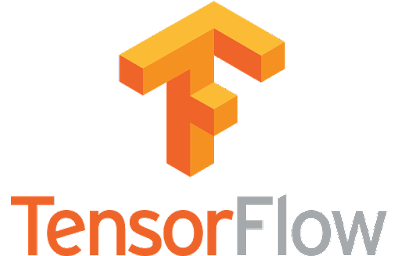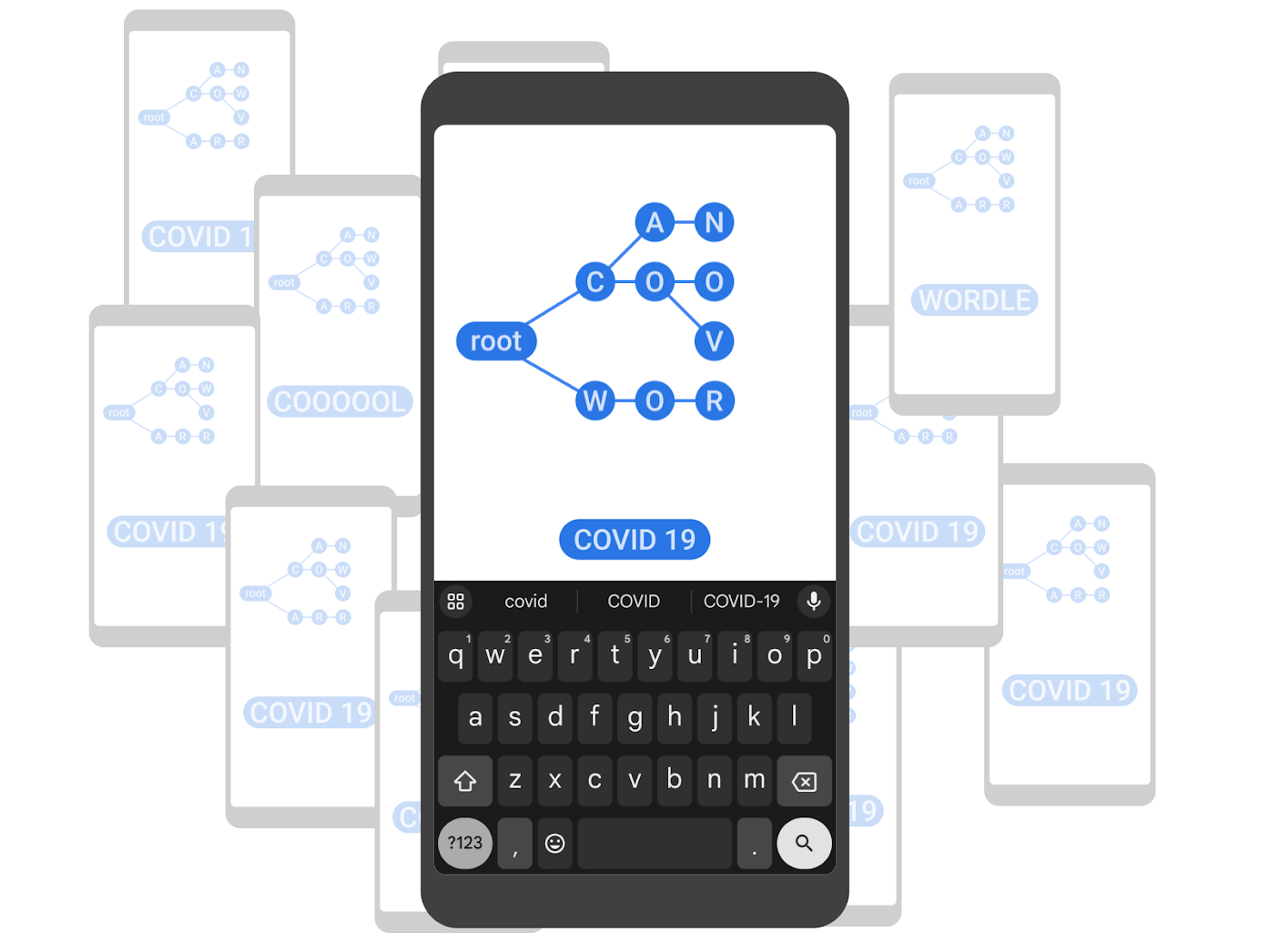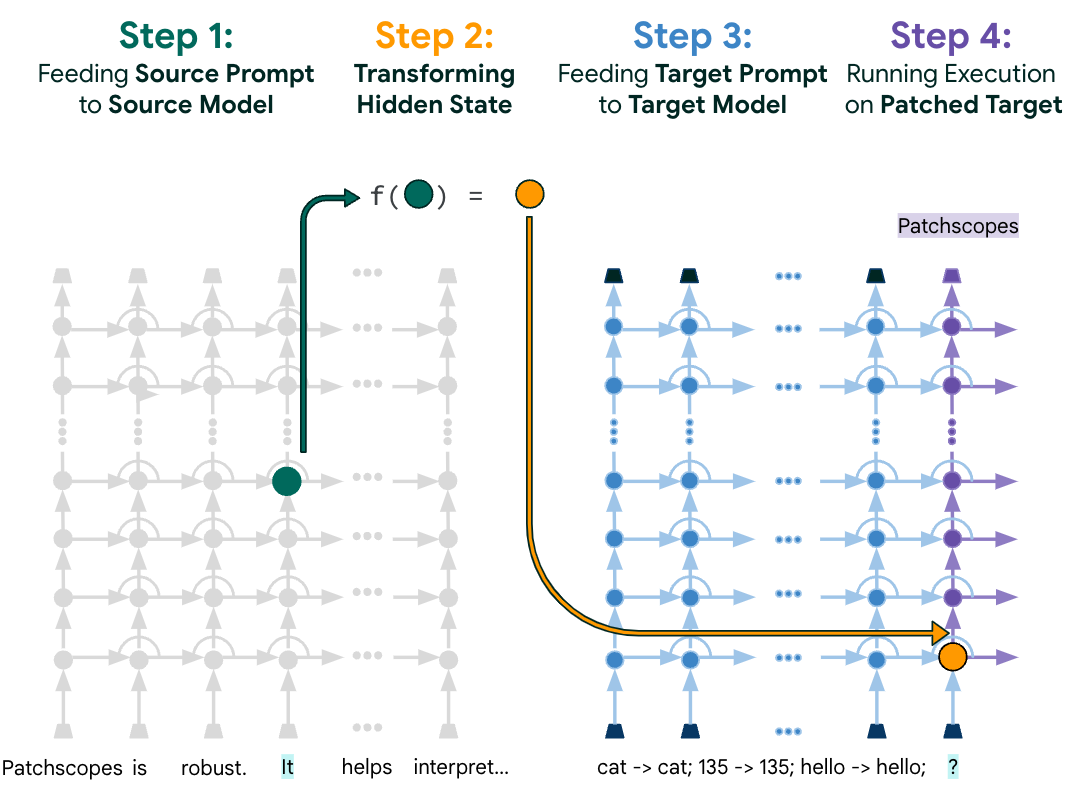
Celebrating TensorFlow’s First Year
November 9, 2016
Posted by Zak Stone, Product Manager for TensorFlow, on behalf of the TensorFlow team
(Cross-posted on the Google Open Source Blog & Google Developers Blog)
It has been an eventful year since the Google Brain Team open-sourced TensorFlow to accelerate machine learning research and make technology work better for everyone. There has been an amazing amount of activity around the project: more than 480 people have contributed directly to TensorFlow, including Googlers, external researchers, independent programmers, students, and senior developers at other large companies. TensorFlow is now the most popular machine learning project on GitHub.
With more than 10,000 commits in just twelve months, we’ve made numerous performance improvements, added support for distributed training, brought TensorFlow to iOS and Raspberry Pi, and integrated TensorFlow with widely-used big data infrastructure. We’ve also made TensorFlow accessible from Go, Rust and Haskell, released state-of-the-art image classification models, and answered thousands of questions on GitHub, StackOverflow and the TensorFlow mailing list along the way.
At Google, TensorFlow supports everything from large-scale product features to exploratory research. We recently launched major improvements to Google Translate using TensorFlow (and Tensor Processing Units, which are special hardware accelerators for TensorFlow). Project Magenta is working on new reinforcement learning-based models that can produce melodies, and a visiting PhD student recently worked with the Google Brain team to build a TensorFlow model that can automatically interpolate between artistic styles. DeepMind has also decided to use TensorFlow to power all of their research – for example, they recently produced fascinating generative models of speech and music based on raw audio.
We’re especially excited to see how people all over the world are using TensorFlow. For example:
- Australian marine biologists are using TensorFlow to find sea cows in tens of thousands of hi-res photos to better understand their populations, which are under threat of extinction.
- An enterprising Japanese cucumber farmer trained a model with TensorFlow to sort cucumbers by size, shape, and other characteristics.
- Radiologists have adapted TensorFlow to identify signs of Parkinson’s disease in medical scans.
- Data scientists in the Bay Area have rigged up TensorFlow and the Raspberry Pi to keep track of the Caltrain.
We’re committed to making sure TensorFlow scales all the way from research to production and from the tiniest Raspberry Pi all the way up to server farms filled with GPUs or TPUs. But TensorFlow is more than a single open-source project – we’re doing our best to foster an open-source ecosystem of related software and machine learning models around it:
- The TensorFlow Serving project simplifies the process of serving TensorFlow models in production.
- TensorFlow “Wide and Deep” models combine the strengths of traditional linear models and modern deep neural networks.
- For those who are interested in working with TensorFlow in the cloud, Google Cloud Platform recently launched Cloud Machine Learning, which offers TensorFlow as a managed service.
Furthermore, TensorFlow’s repository of models continues to grow with contributions from the community, with more than 3000 TensorFlow-related repositories listed on GitHub alone! To participate in the TensorFlow community, you can follow our new Twitter account (@tensorflow), find us on GitHub, ask and answer questions on StackOverflow, and join the community discussion list.
Thanks very much to all of you who have already adopted TensorFlow in your cutting-edge products, your ambitious research, your fast-growing startups, and your school projects; special thanks to everyone who has contributed directly to the codebase. In collaboration with the global machine learning community, we look forward to making TensorFlow even better in the years to come!



